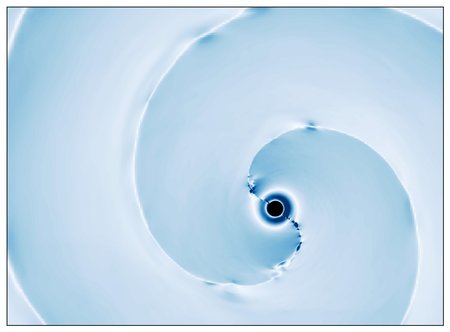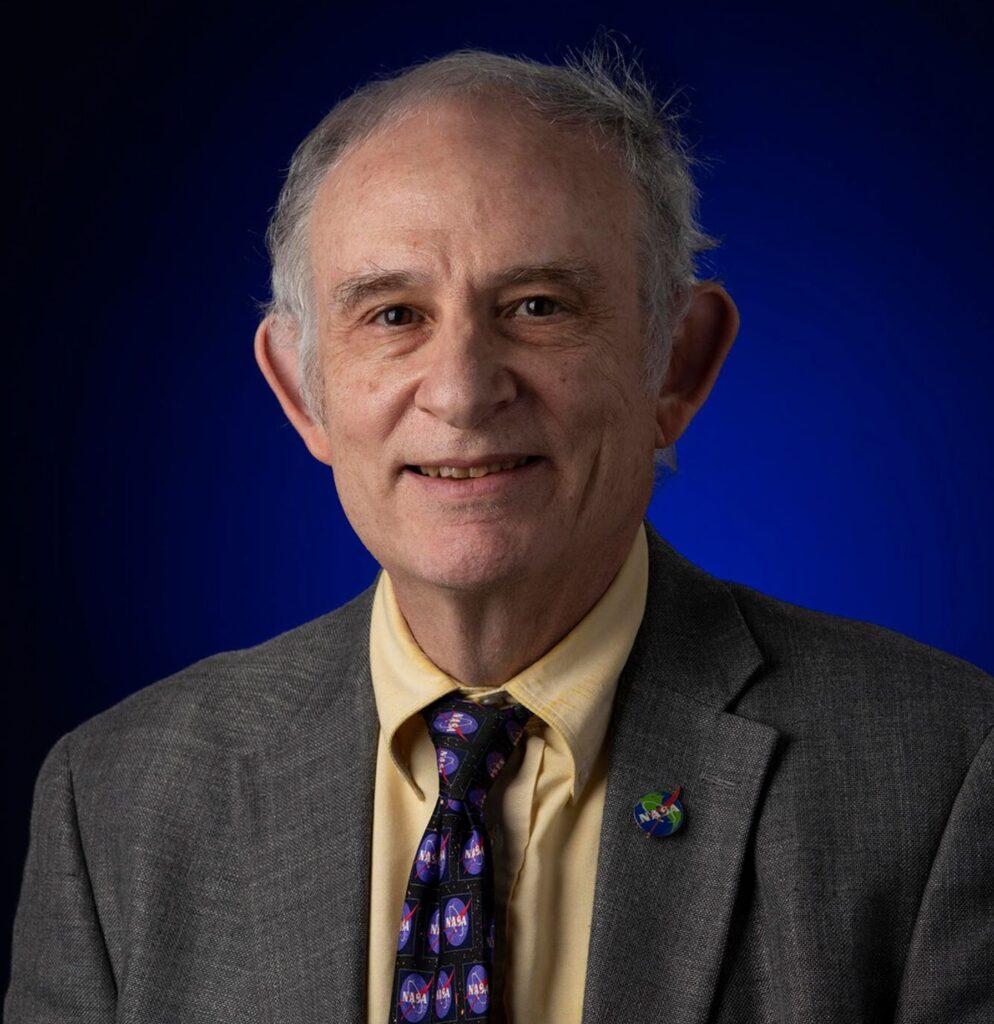This week in 1973, the first crewed Skylab mission launched aboard a Saturn IB from NASA’s Kennedy Space Center. Astronauts Charles Conrad, Paul Weitz and Joseph Kerwin docked with Skylab on the fifth orbit. The crew conducted solar astronomy, Earth resources experiments, medical studies and five experiments, and performed three spacewalks. They doubled the previous length of time in space over the course of their 28-day mission. Here, the Skylab Orbital Workshop is seen as the crew departs and performs the final fly-around inspection. Today, the Payload Operations Integration Center at NASA’s Marshall Space Flight Center serves as “science central” for the International Space Station, working 24/7, 365 days a year in support of the orbiting laboratory’s science experiments. After 20 years of continuous human presence, the space station remains the sole space-based proving ground and stepping stone toward achieving the goals of the Artemis program. The NASA History Program is responsible for generating, disseminating and preserving NASA’s remarkable history and providing a comprehensive understanding of the institutional, cultural, social, political, economic, technological and scientific aspects of NASA’s activities in aeronautics and space. For more pictures like this one and to connect to NASA’s history, visit the Marshall History Program’s webpage. (NASA)
Related posts
-

Astronomers simulate a star’s final moments as it’s swallowed by a black hole: ‘Breaks like an egg’
The universe is full of spectacular and violent events, but few are more dramatic than a... -

Jack Kaye Retires After a Storied Career at NASA
Jack Kaye has decided to retire on April 30, 2025, following 42 years of service to... -

In Memoriam: Dr. Stanley Sander
Explore This Section Earth Earth Observer Editor’s Corner Feature Articles Meeting Summaries News Science in the...